Last weekend, Bonsai Empire and Bjorn Bjorholm released a follow-up to the popular online Bonsai Beginner’s Course – the Bonsai Intermediate Course. Bonsai Empire provided me with access to the course for review purposes.
Bonsai Intermediate Course trailer
The Intermediate Course picks up where the Beginner’s Course left off by providing detailed information about species categorization, pruning and wiring. From there, the course jumps into modules arranged by species. This organization lets Bjorn, the primary instructor, share tips on cultivation, development and refinement techniques specific to the species.
Species covered include a variety of junipers, hinoki, pine (black, red and white), maples, alternating-leaf deciduous varieties (including stewartia, ume, hornbeam and beech, among others) and several broadleaf evergreens including silverberry and dwarf kumquat.
Despite the large number of species covered, the videos are information rich. At times I wished for a written accompaniment to the course as it was hard to mentally file away everything covered. Multiple viewings helped, but a written reference would make for easy information retrieval when questions come up.
The information density varies from video to video as popular species like pine, juniper and maple receive a lot of attention whereas varieties like Japanese snowbell and privet receive less attention. The course squarely focuses on Japanese varieties but occasional care notes are provided for some North American and European varieties.
As expected from Bjorn and Oscar, the video production values are high and the web interface is clean and easy to navigate.
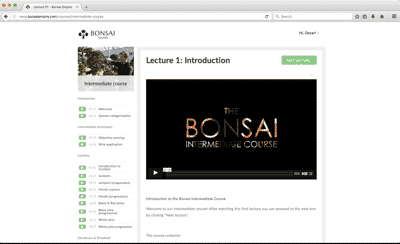
The Bonsai Intermediate Course
Frequent use of time-lapse videography offers participants the opportunity to watch trees take shape and specific techniques are presented with close-up shots.
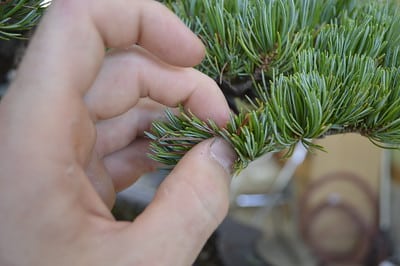
White pine
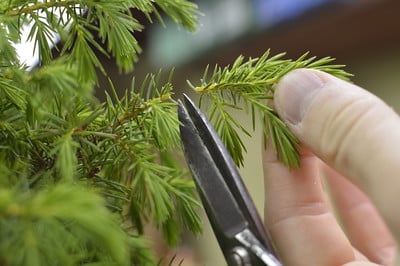
Needle juniper
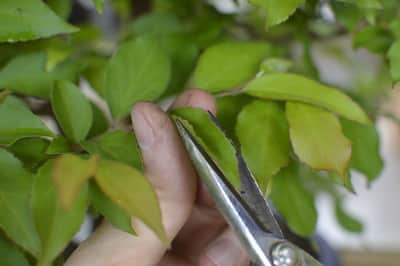
Stewartia
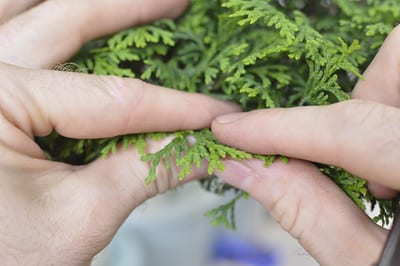
Hinoki
For me, the highlight of the series is seeing good work done on good trees. The conifers featured have good health and density. The junipers have interesting movement and deadwood. The deciduous trees are well-ramified.
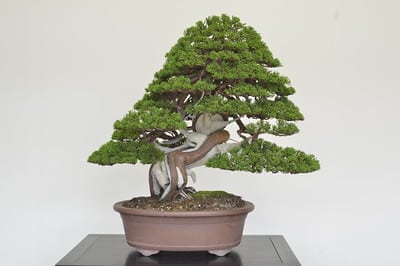
Shimpaku
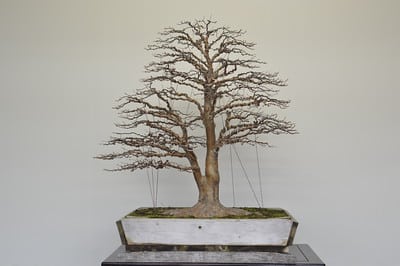
Stewartia
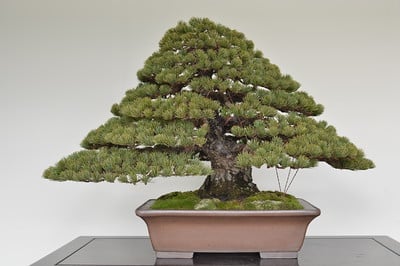
White pine
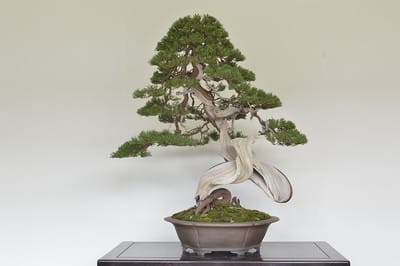
Shimpaku
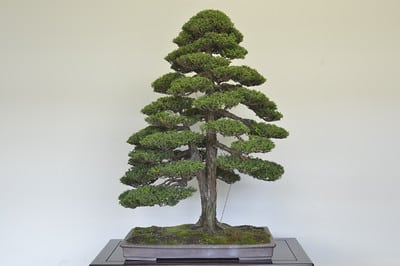
Hinoki
Even when the videos covered topics with which I was familiar, I found that I enjoyed hearing these tips again as they reinforced important bonsai best practices. Remove strong, upward-growing branches. Keep in mind a tree’s stage of development when making decisions about its care. Focus on your goals for a tree before employing techniques like defoliation or leaf pruning that are stressful for trees.
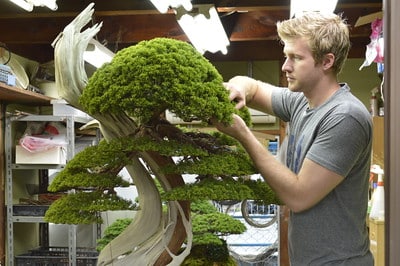
Bjorn wiring a shimpaku
The Bonsai Intermediate Course runs about 3 – 1/2 hours, though it took me a bit longer as I split up the viewing over several sessions. It’s available for $49.99.
If you’ve enjoyed Bjorn and Oscar’s past collaborations, odds are good you’ll enjoy this one too. If you’re relatively new to bonsai and you’re looking for a good starting point for working with diverse varieties, this course is a good resource.
If you’re looking for guidance on topics like grafting, carving and heavy bending you won’t find it here, though I wouldn’t be surprised if they show up in an advanced course next year.
What do you think about the course? Let us know in the comments.
Learn more at Bonsai Intermediate Course.
Subscribe to Bonsai Tonight
New Posts Delivered Every Tuesday and Friday
rory says
Very well done and content is spot on. Great Job! The beginner course was well produced but was for someone who had no experience with bonsai.
abstergosa says
I cannot wait to get into this course! The exchange rate is so bad in South Africa right now, it’s about R17 to $1 ill have to wait. Instruction on bonsai in South Africa has really taken its own way. But since I’ve used techniques taught by Bjorn and yourself my trees have really done well. Looking forward to getting the course at some stage tho.
Thomdec says
Nice critique. I agree with you, a printed guide that accompanies the video is a good idea. Great photos and time-lapse videos are key to the content.